Wan Chai (완차이)
4.8Km 2019-04-10
50-7, Myeongmul-gil, Seodaemun-gu, Seoul
+82-2-392-0302
Wan Chai is a Chinese restaurant with a name meaning "spicy," and is a must-visit for those who love spicy food. Rather than the original spicy Chinese Sichuan cuisine, a small amount of Korean spices have been added to create even better tasting dishes.
The most popular item on the menu is a large plate of reddened mussels known as the Extra Spicy Stir-fried Mussels. The dish is a mixture of spicy red peppers, garlic, and spicy sauce, stir-fried to perfection. Many customers also come in for the gul jjamppong (spicy noodle soup with oysters). Even the jajangmyeon (noodles in black bean sauce) tastes great here, with clean-tasting black soy bean sauce. Finally, for dessert, lychee is served, a unique treat to finish off a meal at Wan Chai.
Destilería Chunpoong (춘풍양조장)
4.8Km 2025-01-22
Dasan-ro 101-3, Jung-gu, Seúl
Festival de Arte Callejero de Seúl (서울거리예술축제)
4.8Km 2024-08-29
Taepyeong-ro 1-ga 54-2, Jung-gu, Seúl.
02-758-2036
El Festival de Arte Callejero de Seúl se realiza en las principales plazas y espacios culturales que conectan las grandes calles y avenidas de Seúl. Diferentes manifestaciones artísticas callejeras encuentran un lugar de expresión en este festival. Desde el año 2003 se celebraba bajo el nombre de Festival Hi Seoul, pero en 2016 cambió por su actual denominación.
Metro Hotel (메트로호텔)
4.8Km 2021-05-11
14, Myeongdong 9ga-gil, Jung-gu, Seoul
+82-2-752-1112
Metro Hotel is located in the heart of Seoul situated in the middle of Myeongdong. The hotel has a title of being the first tourist hotel in Korea and boasts over 50 years of tradition.
Wansan Jeong (완산정)
4.8Km 2021-03-29
484, Bongcheon-ro, Gwanak-gu, Seoul
+82-2-878-3400
A restaurant where you can enjoy refreshing bean sprout hangover soup. This Korean dishes restaurant is located in Gwanak-gu, Seoul. The most famous menu is bean sprout hangover soup.
Samdae Naju Gomtang - Myeongdong Branch (삼대나주곰탕 명동)
4.8Km 2021-03-19
29, Myeongdong9-gil, Jung-gu, Seoul
+82-2-318-0879
This is a Korean cuisine located in Myeong-dong, Seoul. The representative menu is beef bone soup. A restaurant selling Korean-style healthy broth-based dishes.
Pabellón Jungmyeongjeon (중명전)
4.8Km 2024-12-23
Jeongdong-gil 41-11, Jung-gu, Seúl.
Este sitio histórico se encuentra ubicado por detrás del palacio Deoksugung, cerca del Teatro Jeongdong. Fue la biblioteca real, construido durante el período 1897-1901, por el arquitecto ruso Seredin Sabatin, y consta de 3 pisos en total y es de estilo occidental. Su nombre original fue Suokheon. Después del incendio del palacio Deoksugung en el año 1904, fue utilizado como la oficina administrativa del rey y la sala de audiencia de las delegaciones extranjeras, y también fue el lugar trágico en donde se firmó el Tratado de Eulsa (tratado desigual en el que Corea fue ocupada y declarada protectorado japonés).
En un principio, el pabelló Jungmyeongjeon formaba parte del palacio Deoksugung, pero con el levantamiento del muro de piedra (conocido como el “Doldamgil de Deoksugung”), dejó de serlo. Es una de las primeras construcciones contemporáneas de Corea, pero por el incendio de 1925, solo ha quedado en pie la pared del edificio. Después de la independencia del dominio japonés (15 de agosto de 1945), ha tenido varios usos y dueños diferentes, hasta que en septiembre del 2006, el derecho de propiedad del inmueble pasó a la Administración de Patrimonios Culturales, y finalmente, en febrero del 2007, fue declarado Sitio Histórico Nº 124.
Ilbeonji Gopchang Yangdaechang - Myeongdong Branch (일번지양대창 명동)
4.8Km 2021-03-19
33, Myeongdong, 9, Jung-gu, Seoul
+82-2-773-3150
This is a Korean cuisine located in Myeong-dong, Seoul. A restaurant specializing in Korean-style grilled intestines. The representative menu is grilled beef small intestine.
Minsokchon (민속촌)
4.8Km 2021-08-06
33, Myeongdong, 9-gil, Jung-gu, Seoul
+82-2-779-8371
A place where you can try various Korean dishes. This restaurant's signature menu is grilled strip loin. This Korean dishes restaurant is located in Jung-gu, Seoul.
Chuncheonjip Dakgalbi Makguksu (춘천집닭갈비막국수)
4.8Km 2019-12-24
1, Yonsei-ro 5ga-gil, Seodaemun-gu, Seoul
+82-2-325-2361
This Dakgalbi restaurant is located in Sinchon, an area surrounded by universities and populated by students. Chuncheonjip Dakgalbi Makguksu’s most popular dish is Dakgalbi, which is prepared by marinating boneless chicken in spicy red pepper paste and stir-frying it with various ingredients in a large cast iron pan. For an extra tasty treat, try adding an assortment of noodles to the chicken as it cooks. After you’ve finished eating your Dakgalbi, don’t forget to order rice to stir-fry in the pan to soak up the extra, flavorful sauce!
The restaurant offers a simple Dakgalbi menu at an affordable price. Thanks to the restaurant’s delicious food, reasonable prices, and casual atmosphere, the restaurant is always full of people.

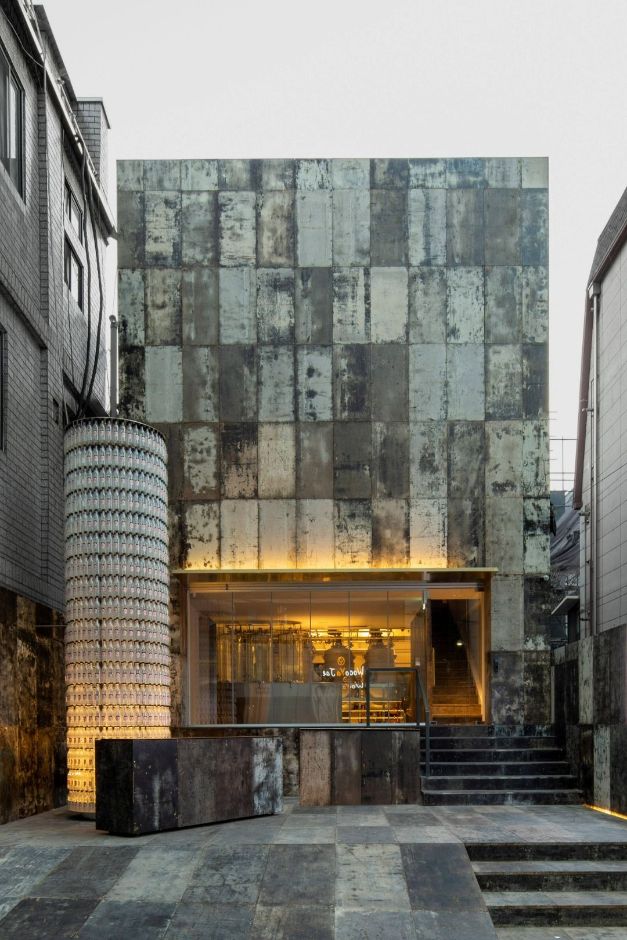
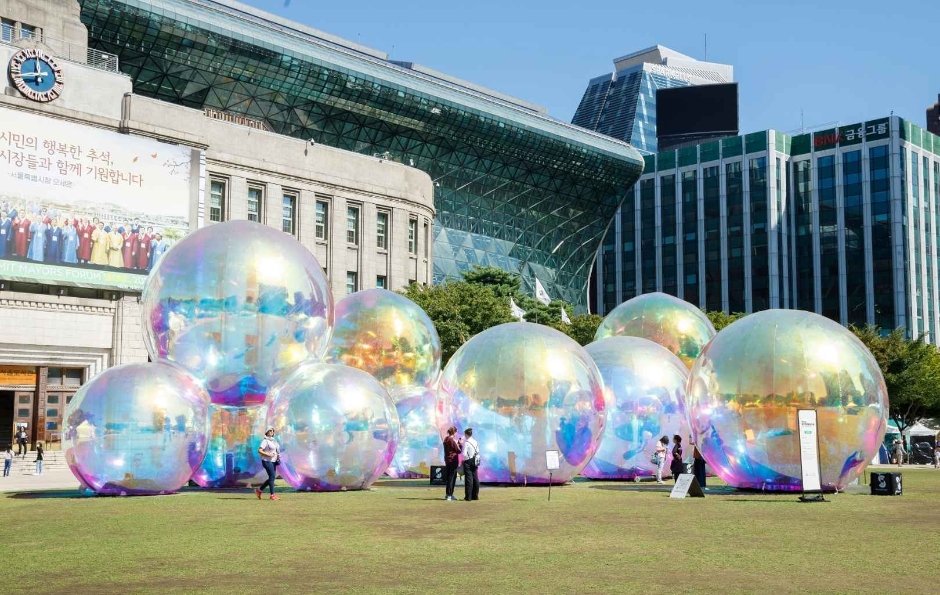
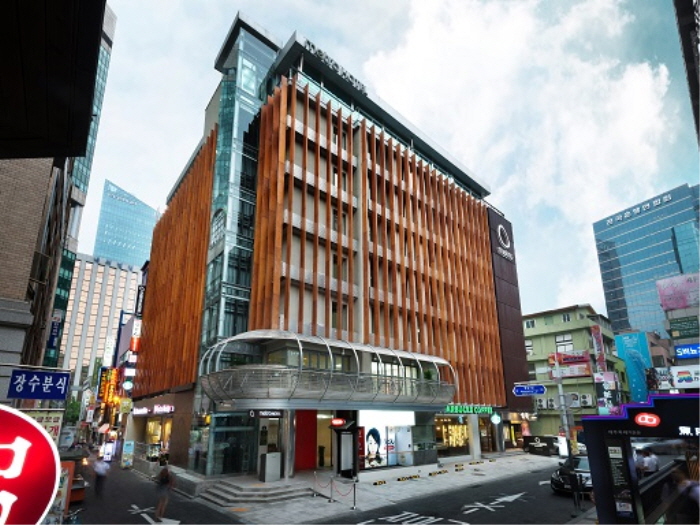
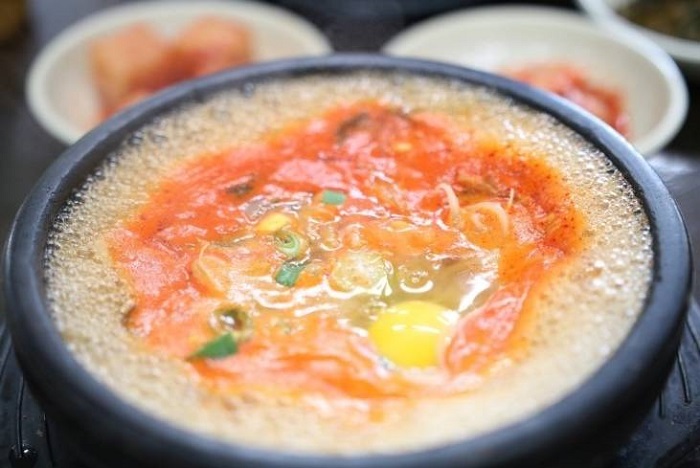
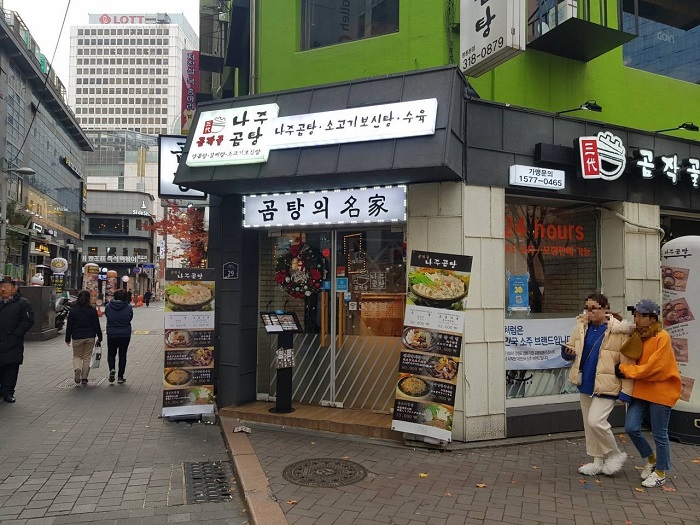
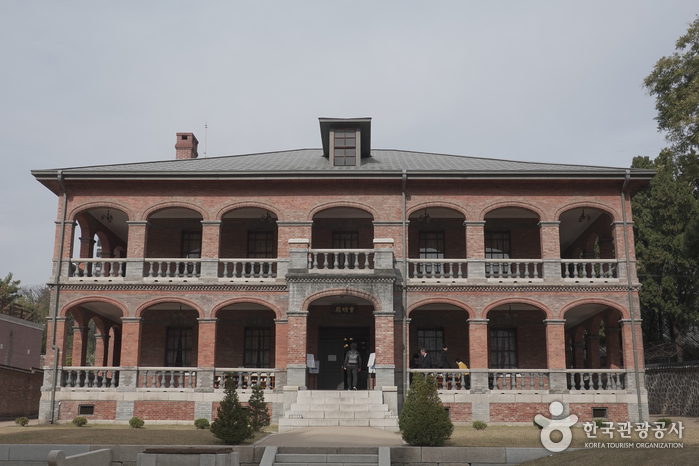
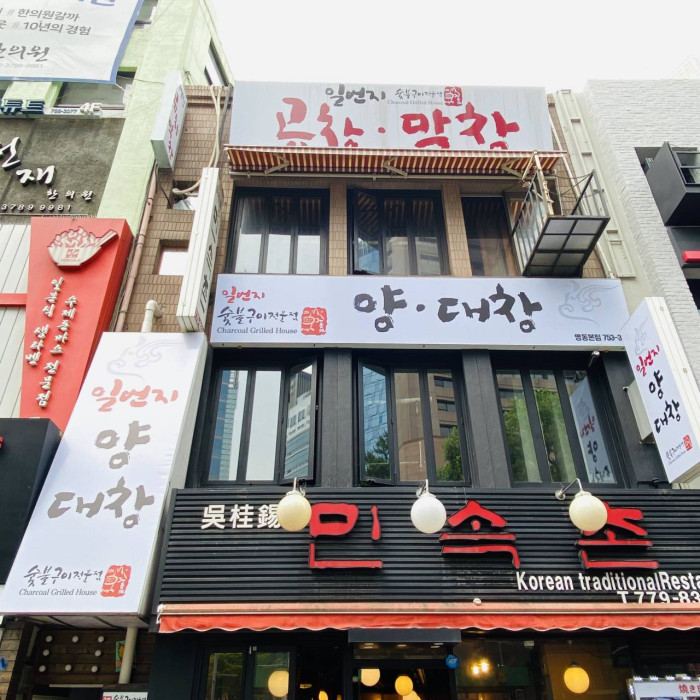
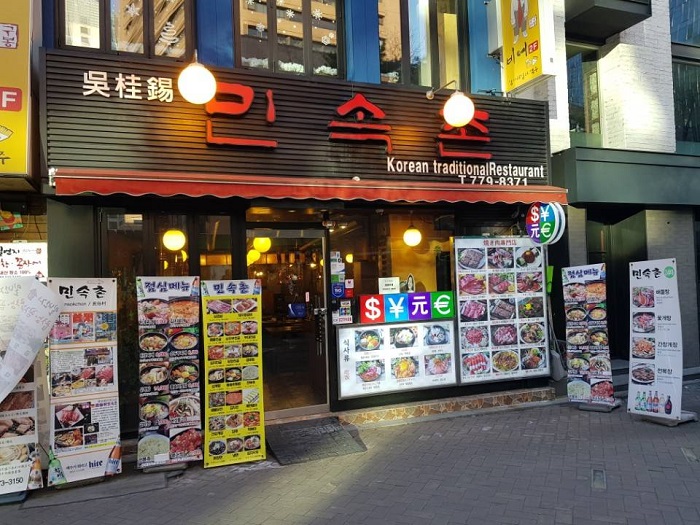
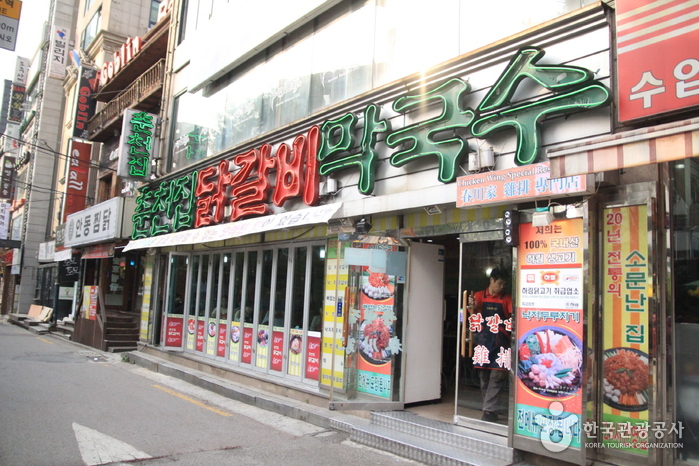
 Español
Español
 한국어
한국어 English
English 日本語
日本語 中文(简体)
中文(简体) Deutsch
Deutsch Français
Français Русский
Русский